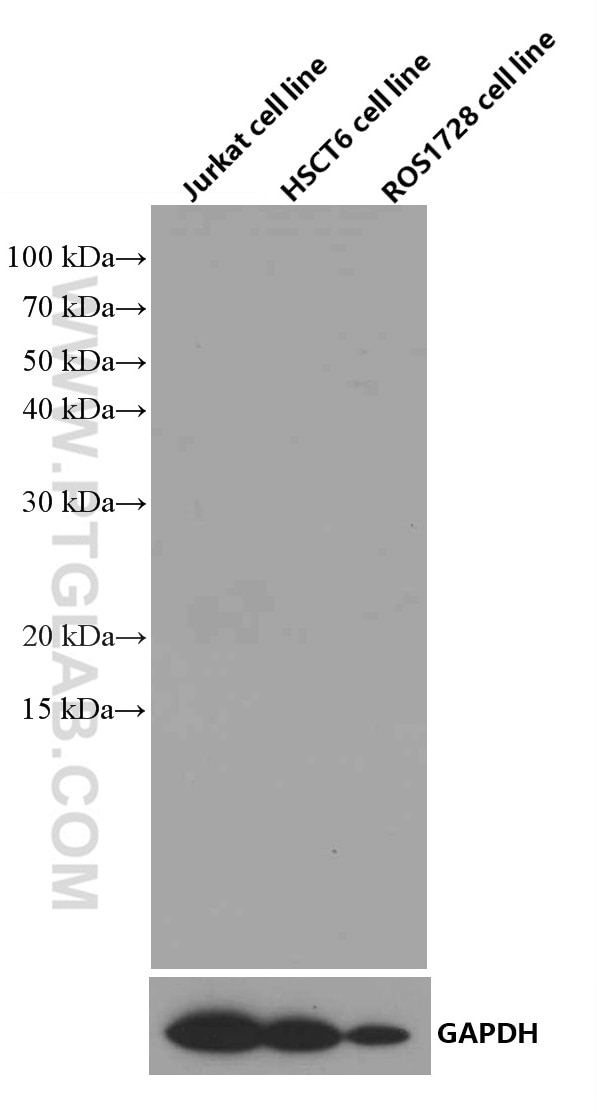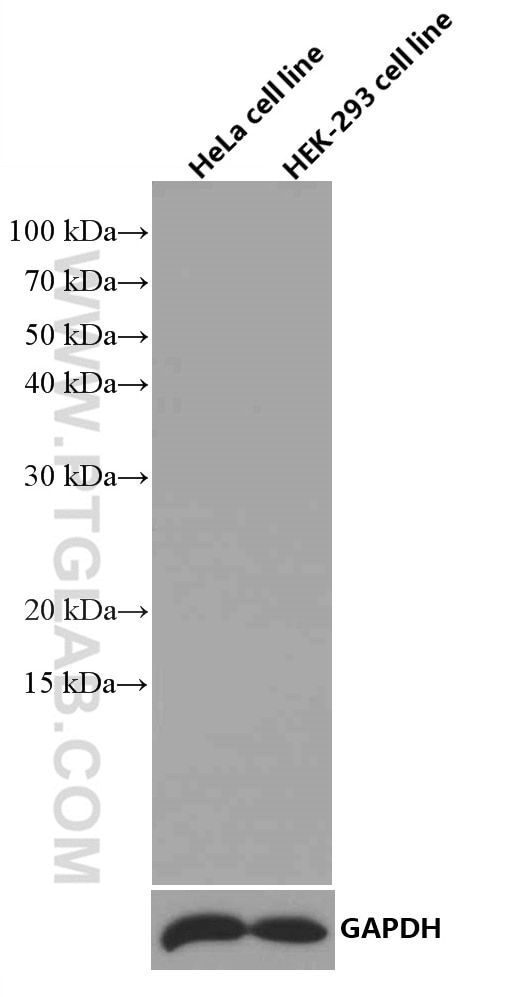"Mouse IgG1 isotype control Antibodies" Comparison
View side-by-side comparison of Mouse IgG1 isotype control antibodies from other vendors to find the one that best suits your research needs.
Tested Applications
| Positive WB detected in |
Recommended dilution
| Application | Dilution |
|---|---|
| Western Blot (WB) | WB : 1:500-1:2000 |
| It is recommended that this reagent should be titrated in each testing system to obtain optimal results. | |
| Sample-dependent, Check data in validation data gallery. | |
Published Applications
| WB | See 3 publications below |
| IHC | See 2 publications below |
| IF | See 1 publications below |
| IP | See 3 publications below |
| CoIP | See 1 publications below |
| RIP | See 2 publications below |
Product Information
66360-1-Ig targets Mouse IgG1 isotype control in WB, IHC, IF, IP, CoIP, RIP, Neutralization, ELISA applications and shows reactivity with megathura crenulata samples.
| Tested Reactivity | megathura crenulata |
| Cited Reactivity | human |
| Host / Isotype | Mouse / IgG1 |
| Class | Monoclonal |
| Type | Antibody |
| Immunogen |
Peptide Predict reactive species |
| Full Name | Mouse IgG1 isotype control |
| Gene Symbol | |
| Gene ID (NCBI) | |
| RRID | AB_2827991 |
| Conjugate | Unconjugated |
| Form | Liquid |
| Purification Method | Protein G purification |
| Storage Buffer | PBS with 0.02% sodium azide and 50% glycerol, pH 7.3. |
| Storage Conditions | Store at -20°C. Stable for one year after shipment. Aliquoting is unnecessary for -20oC storage. 20ul sizes contain 0.1% BSA. |
Background Information
This antibody is used as the isotype control of mouse IgG1 (Kappa). It can be used as the isotype control in Flow Cytometry, Immuno-Precipitation and other experiments. The immunogen of this antibody is Keyhole Limpet Hemocyanin (KLH).
Protocols
| Product Specific Protocols | |
|---|---|
| WB protocol for Mouse IgG1 isotype control antibody 66360-1-Ig | Download protocol |
| Standard Protocols | |
|---|---|
| Click here to view our Standard Protocols |
Publications
| Species | Application | Title |
|---|---|---|
Nat Commun EGFR core fucosylation, induced by hepatitis C virus, promotes TRIM40-mediated-RIG-I ubiquitination and suppresses interferon-I antiviral defenses | ||
Microbiol Res Trojan horse strategy and TfR/ LDLR-Mediated transcytosis determine the dissemination of mycobacteria in tuberculous meningoencephalitis | ||
FASEB J Bile acid restrained T cell activation explains cholestasis aggravated hepatitis B virus infection | ||
J Immunol Phagocytic Plasma Cells in Teleost Fish Provide Insights into the Origin and Evolution of B Cells in Vertebrates | ||
Exp Cell Res CBL aggravates Ang II-induced cardiac hypertrophy via the VHL/HIF-1α pathway. | ||
Am J Rhinol Allergy Co-Expression and Localization of Angiotensin-Converting Enzyme-2 (ACE2) and the Transmembrane Serine Protease 2 (TMPRSS2) in Paranasal Ciliated Epithelium of Patients with Chronic Rhinosinusitis. |






